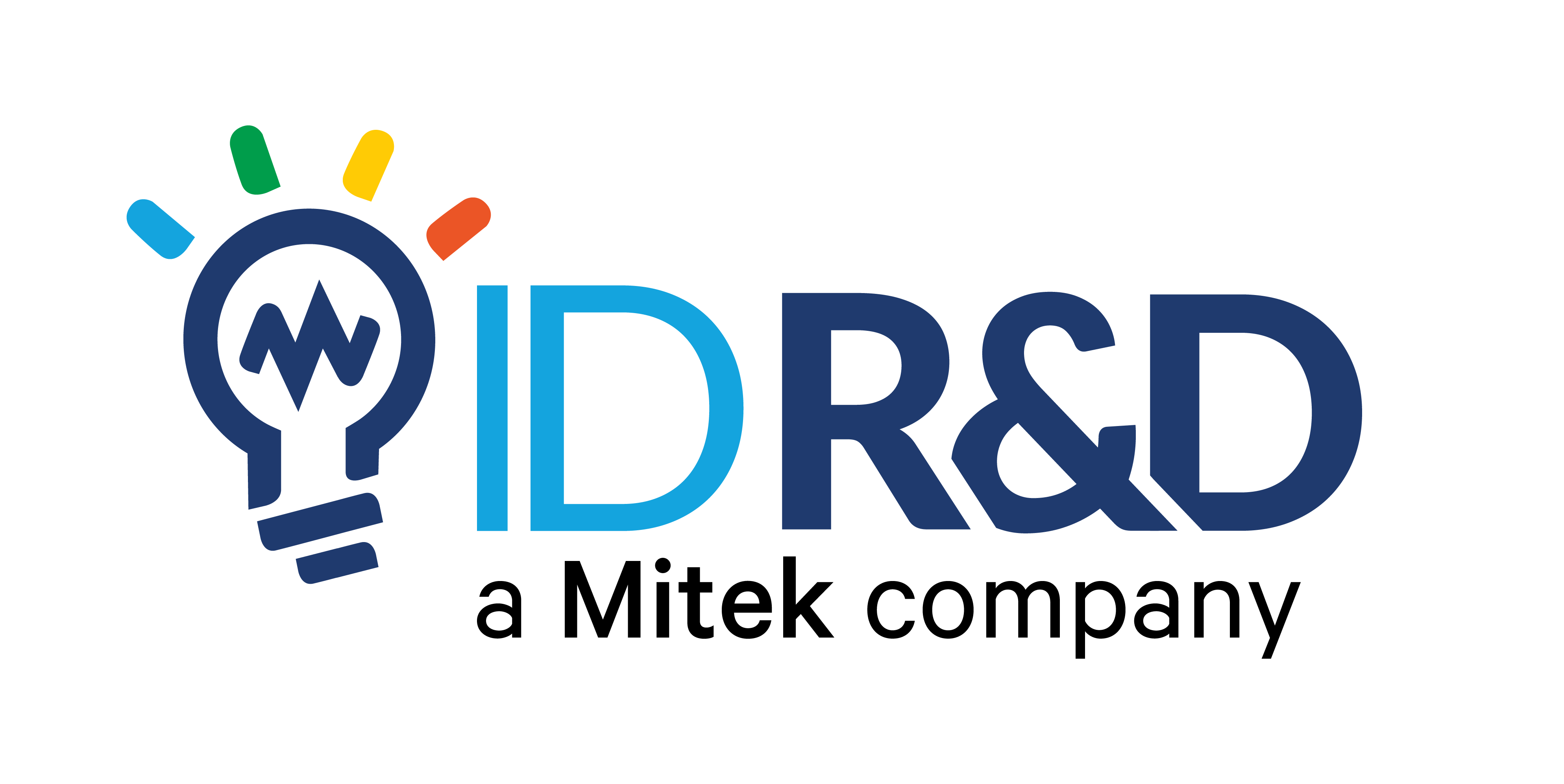
Most of us begrudgingly tolerate the time and effort it takes to gain access to our secured apps, accounts and devices. When we hit all the right keys, it takes a few seconds to login. But increasingly, we’ve got another factor of security that adds additional effort to the process. Then there are those days when we’ve forgotten a password, have to answer vague challenge questions or are forced to call an agent for help. It sucks, but it’s for our protection right? Yes, but there is a better way.
More businesses are looking to biometrics, not only as a way to improve security, but also to improve the customer experience. Unlike current security methods, some advanced biometric solutions are enabling authentication experiences that are completely frictionless. These advanced biometric solutions work transparently in the background without users having to do anything at all besides interacting normally with the secured app or account — and herein lies the “no pain, no trust” debate.
“Customers need friction.” Fact or fiction?
The view by some in the industry is that friction in authentication is necessary; that you have to introduce it in the process to give users peace of mind. If it’s invisible, how does a user know they are secure? Hence, for your own good, you need a little “pain.”
Consumers might be conditioned to expect friction, but they don’t need it. Customer service expert and author, Shep Hyken, describes friction as “…anything that makes doing business with someone anything other than easy.”
Honestly, we think saying consumers expect to see friction is an excuse. Dig deeper into the source. Does the company saying that friction is necessary offer a frictionless option? Likely they do not.
A great example of difficulty in the “no pain, no trust” debate is the growing presence of facial recognition on mobile devices and the need today for nearly all liveness detection systems to use a challenge-response process, requiring users to blink, turn their heads, move the camera, follow a red dot on a screen, etc. At best it slows people down. At worst, it’s difficult to use and results in frustration. Wouldn’t passive facial liveness be highly preferable? Or will some people be skeptical of a technology that eliminates the need for a password while improving security and user experience?
Of course they will – at first. That’s always the case when habits and mindsets need to be changed. You might remember a time when people were reluctant to trust online shopping. According to the PWC Global Consumer Insights Survey 2019, a third of consumers today buy products online weekly or more frequently and another 36% make monthly online purchases. Amazon’s sales topped $200 BILLION in 2018. So you see how that turned out.
The facts are:
- Digital natives expect fast, frictionless brand interactions and this mentality is spreading across generations.
- Delivering frictionless authentication and liveness checks with advanced biometric solutions is a reality, and the technology is available today. ID R&D has invested heavily in solving this problem by delivering a passive liveness detection product for authentication and remote customer onboarding.
- Assuring consumers that they are in a secure interaction can absolutely happen without imposing fake (or real) friction in the process, such as providing visual confirmation of authentication in the UX. Consumers can look for this assurance, similar to the way we look for “https” on a website.
When is friction okay?
Friction in the UX can’t always be completely avoided. It might be the result of legal requirements, such as terms and conditions that need to be agreed to when signing up for a new service. In other circumstances unrelated to compliance, the value of friction may outweigh the effort. For example, most people don’t mind a few questions that will help a system personalize and streamline future interactions, although skipping these should be an option.
When it comes to advanced biometric authentication solutions, users are asked to opt-in to providing their voice, face and/or behavioral biometric prints. This process ensures the user is aware and consent to the use of biometrics for added security.
So, is there ever a time when friction for friction’s sake is a good idea in the user experience? We don’t think so.
“All things being equal, the simplest solution tends to be the best one.”
-William Ockham (Occam)
